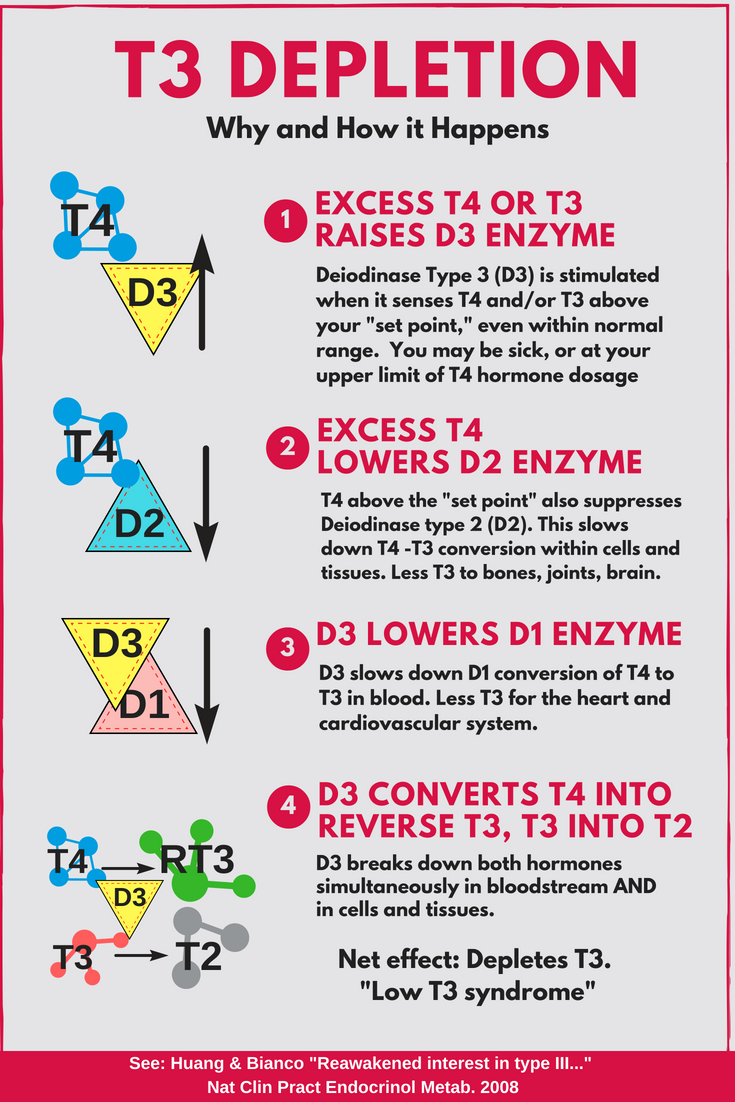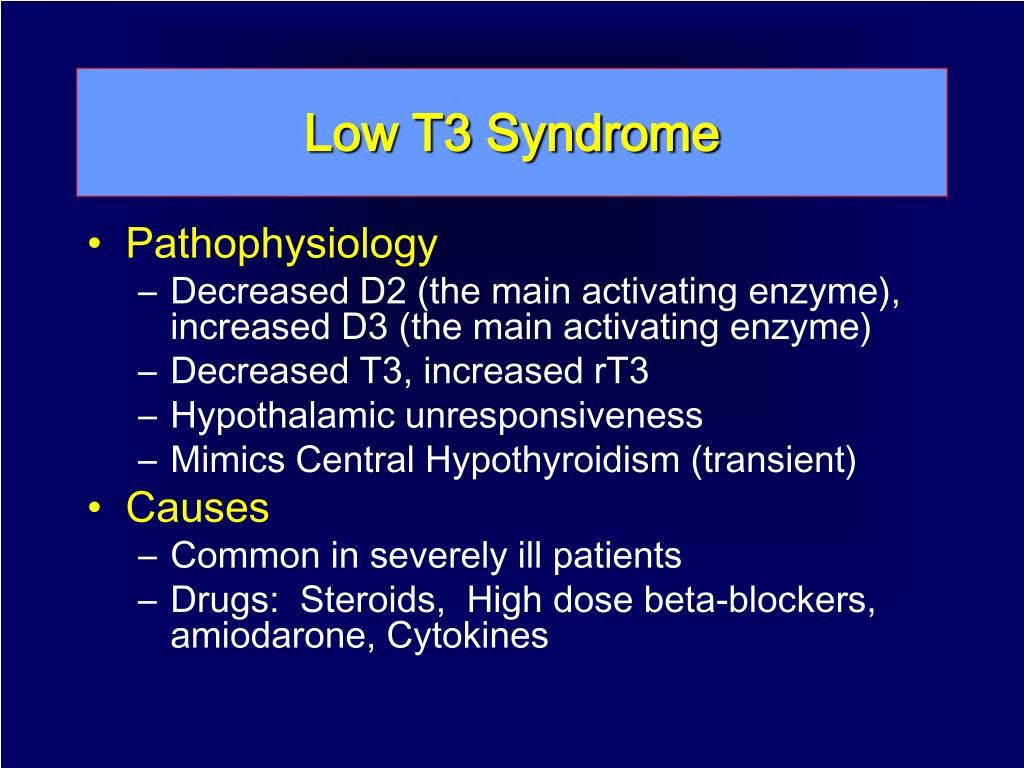how to fix low t3 syndrome Low thyroid issue thelucyroseclinic
As a healthcare professional, it’s important to understand the potential dangers of Low T3 Syndrome and how it can impact your patients. Low T3 Syndrome is a condition where the body has low levels of triiodothyronine (T3), which is a thyroid hormone. This can result in a range of symptoms and complications, including fatigue, weight gain, depression, and more. In this post, we’ll take a closer look at Low T3 Syndrome and explore some of the key signs and symptoms to watch out for. We’ll also examine some of the potential causes of this condition, as well as its diagnosis and treatment options. Signs and Symptoms of Low T3 Syndrome Low T3 Syndrome can have a range of symptoms, many of which can be easily mistaken for other conditions. Some of the most common signs and symptoms of Low T3 Syndrome include: - Fatigue - Weight gain - Depression - Hair loss - Constipation - Joint pain - Cold intolerance - Muscle weakness - Brain fog These symptoms can be mild or severe, and they may come and go over time. It’s important to keep an eye out for these symptoms in your patients, particularly those who have a history of thyroid disorders. Causes of Low T3 Syndrome There are a number of factors that can contribute to Low T3 Syndrome. Some of the most common causes of this condition include: - Chronic stress - Malnutrition - Chronic illness - Certain medications - Radiation exposure - Thyroid gland dysfunction Identifying the underlying cause of Low T3 Syndrome can be crucial in developing an effective treatment plan for your patients. Diagnosis and Treatment Options Diagnosing Low T3 Syndrome can be challenging, as it often presents with symptoms that are similar to other conditions. However, there are several diagnostic tests that can be used to identify this condition, including thyroid function tests, and blood tests. Once a diagnosis has been made, there are several treatment options available to help manage Low T3 Syndrome. These can include hormone replacement therapy, dietary changes, and lifestyle modifications aimed at reducing stress and improving overall health. Conclusion Overall, Low T3 Syndrome is a complex condition that requires careful management and attention by healthcare professionals. By keeping an eye out for the symptoms and causes of this condition, and working with your patients to develop effective treatment plans, you can help ensure that they receive the best possible care.
If you are looking for Infographic: The dangers of Low T3 Syndrome – Thyroid Patients Canada you’ve came to the right page. We have 5 Pics about Infographic: The dangers of Low T3 Syndrome – Thyroid Patients Canada like Infographic: The dangers of Low T3 Syndrome – Thyroid Patients Canada, Low T3 Syndrome - What Is It and Do You Have It? - The Lucy Rose Clinic and also Low T3 Syndrome - What Is It and Do You Have It? - The Lucy Rose Clinic. Read more:
Infographic: The Dangers Of Low T3 Syndrome – Thyroid Patients Canada
 thyroidpatients.cadangers thyroid thyroidpatients
thyroidpatients.cadangers thyroid thyroidpatients
Low T3 Syndrome - What Is It And Do You Have It? - The Lucy Rose Clinic
 thelucyroseclinic.com.aulow thyroid issue thelucyroseclinic
thelucyroseclinic.com.aulow thyroid issue thelucyroseclinic
Low T3 Syndrome Archives - The Lucy Rose Clinic
 thelucyroseclinic.com.aut3
thelucyroseclinic.com.aut3
Rationale: Low T3 Syndrome, Part 2 – Thyroid Patients Canada
 thyroidpatients.casyndrome thyroid depletion hormone rationale deiodinase levels thyroidpatients
thyroidpatients.casyndrome thyroid depletion hormone rationale deiodinase levels thyroidpatients
PPT - Non-Thyroidal Illness PowerPoint Presentation, Free Download - ID
 www.slideserve.comt3 low syndrome illness thyroidal non ppt powerpoint presentation
www.slideserve.comt3 low syndrome illness thyroidal non ppt powerpoint presentation
Low t3 syndrome archives. Infographic: the dangers of low t3 syndrome – thyroid patients canada. Low t3 syndrome